
20 Jul 1999

Revés
The portrait of a world in reverse, a society of different tonalities and shades. Aspiration as a refuge from systematization.
As a demented moon wreaks havoc and destruction outside, Brian Nasty stars as a lone restaurant guest who continues to eat and drink while he waits out the end of the world.

20 Jul 1999

The portrait of a world in reverse, a society of different tonalities and shades. Aspiration as a refuge from systematization.
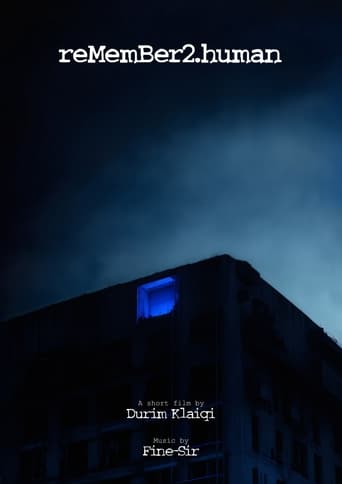
28 Sep 2023

In an indeterminate future, forbidden memories challenge a database containing all human memories. An experimental cinematic search between past and future, fiction and fact, Prishtina and Tirana. The future, a glitch.

12 Mar 1976

The film is a parody of Disney's Fantasia, though possibly more of a challenge to Fantasia than parody status would imply. In the context of this film, "Allegro non Troppo" means Not So Fast!, an interjection meaning "slow down" or "think before you act" and refers to the film's pessimistic view of Western progress (as opposed to the optimism of Disney's original).
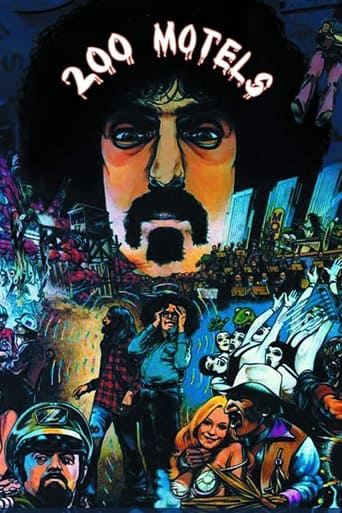
10 Nov 1971

"Touring makes you crazy," Frank Zappa says, explaining that the idea for this film came to him while the Mothers of Invention were touring. The story, interspersed with performances by the Mothers and the Royal Symphony Orchestra, is a tale of life on the road. The band members' main concerns are the search for groupies and the desire to get paid.
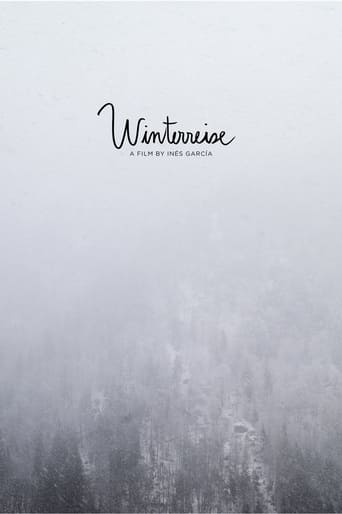
26 May 2021

No overview found
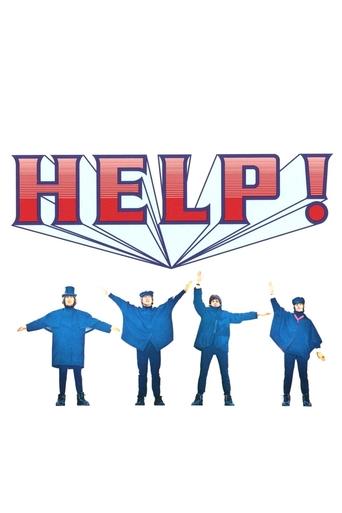
29 Jul 1965

An obscure Eastern cult that practices human sacrifice pursues Ringo after he unknowingly puts on a ceremonial ring (that, of course, won't come off). On top of that, a pair of mad scientists, members of Scotland Yard, and a beautiful but dead-eyed assassin all have their own plans for the Fab Four.
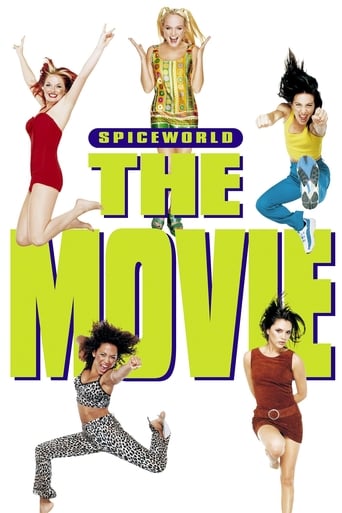
18 Dec 1997

World famous pop group the Spice Girls zip around London in their luxurious double decker tour bus having various adventures and performing for their fans.
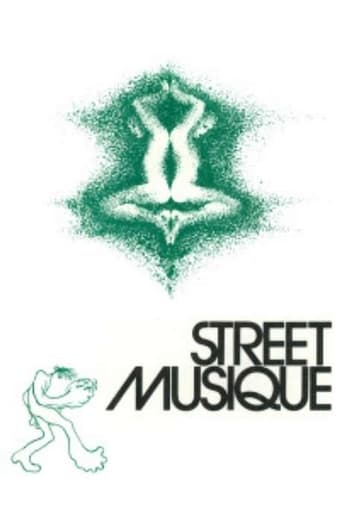
01 Nov 1972

Animator Ryan Larkin does a visual improvisation to music performed by a popular group presented as sidewalk entertainers. His take-off point is the music, but his own beat is more boisterous than that of the musicians. The illustrations range from convoluted abstractions to caricatures of familiar rituals. Without words.
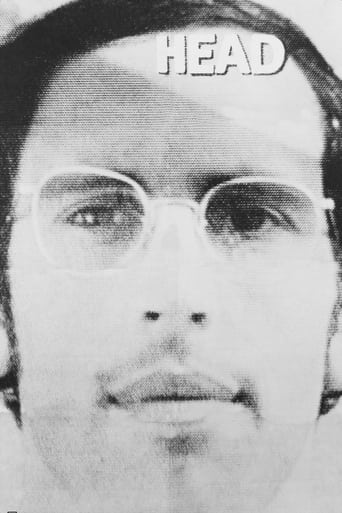
06 Nov 1968

In this surrealistic and free-form follow-up to the Monkees' television show, the band frolic their way through a series of musical set pieces and vignettes containing humor and anti-establishment social commentary.
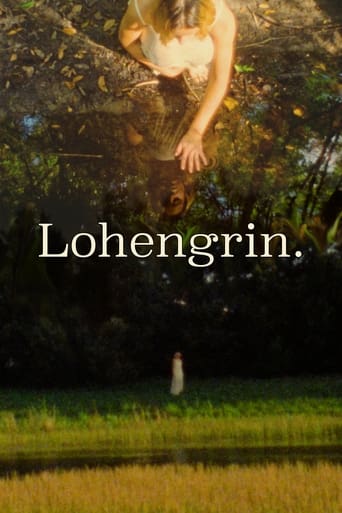
27 Apr 2024

A short experimental film shot on Super 8, inspired by the music of Richard Wagner.
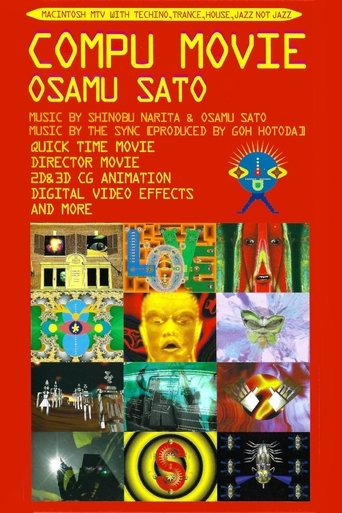
02 Jun 1994

An anthology of surrealist 3D animations set to music by Japanese visual artist, musician, and game developer Osamu Sato.
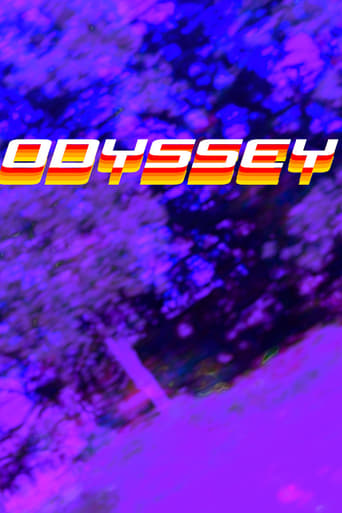
16 Feb 2024

A new world in a new lens
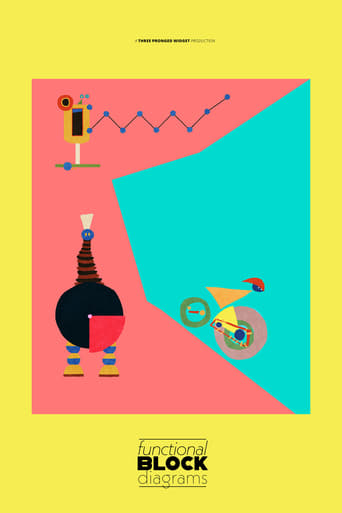

A synthesis of sound and movement; colourful characters dance and move in repetitive patterns to percussive and melodic elements. A combination of motion and music that is hypnotic and beautiful. At first it feels structured and orderly but as more elements are added becomes quixotically expressive.
01 Jan 1969
This animated short is a play on motion set against a background of multi-hued sky. Spheres of translucent pearl float weightlessly in the unlimited panorama of the sky, grouping, regrouping or colliding like the stylized burst of some atomic chain reaction. The dance is set to the musical cadences of Bach, played by pianist Glenn Gould.
![[W I N G S O F L O V E]](https://image.tmdb.org/t/p/w342/zGVzZDReN3wIotXJMJr4EPq7CDq.jpg)
17 May 2024
![[W I N G S O F L O V E]](https://image.tmdb.org/t/p/w342/zGVzZDReN3wIotXJMJr4EPq7CDq.jpg)
An experimental short film about becoming lost in the hypnotic pull of the city, set to music.
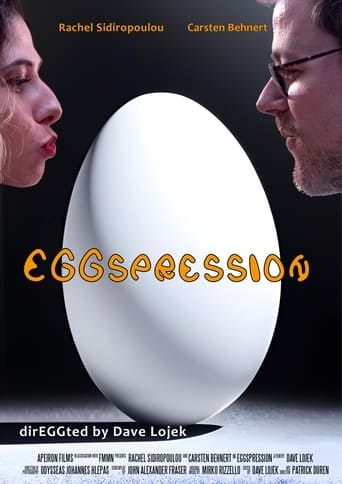
28 Aug 2023

Egglantine loves salt on her eggs. Eggbert prefers pepper. Who blinks first in this playful Easter ritual?
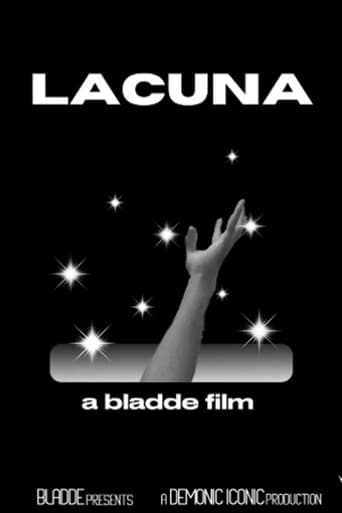
24 Mar 2024

A prisoner belonging to a void known as “Lacuna,” longs to escape their entrapment. As they search for a way out, they confront the unchecked mental illness that plagued their former life.
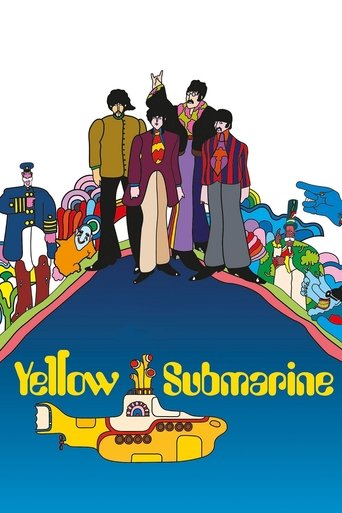
17 Jul 1968

The wicked Blue Meanies take over Pepperland, eliminating all color and music. As the only survivor, the Lord Admiral escapes in the yellow submarine and journeys to Liverpool to enlist the help of the Beatles.
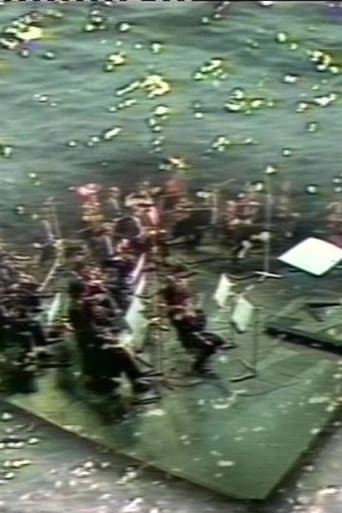
01 Jan 1985

In this vivid transposition of contemporary music for television, Cahen "responds" to the complex musical transitions of Répons, a work by French composer Pierre Boulez. Performed by the Ensemble InterContemporain and conducted by Boulez, the intricate Répons was designed for an ensemble of twenty-four musicians, six soloists and a "real-time" digital processor. In Cahen's re-composed interpretation, he responds with visual and temporal transformations, "opening" the images in space and time and applying electronic techniques to engulf the instrumentalists in ocean, sky, and trees. Mirage-like superimpositions, temporal shifts, mirroring effects and de-synchronization result in a rhythmic confluence of the illusory and the real. Immersing the viewer in image and sound, Cahen mirrors the transformative process of Boulez's music.
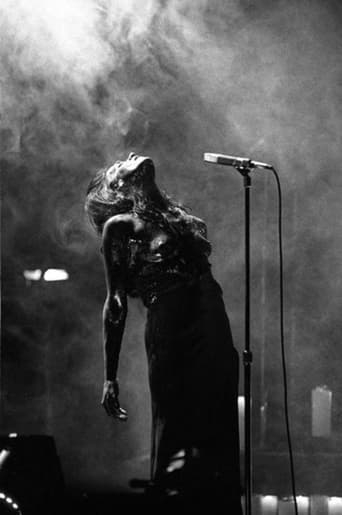
01 Apr 1991

"Heart-wrenching cry about the physical suffering caused by the AIDS plague being compounded by the shameful arrogance of self-appointed moralists."